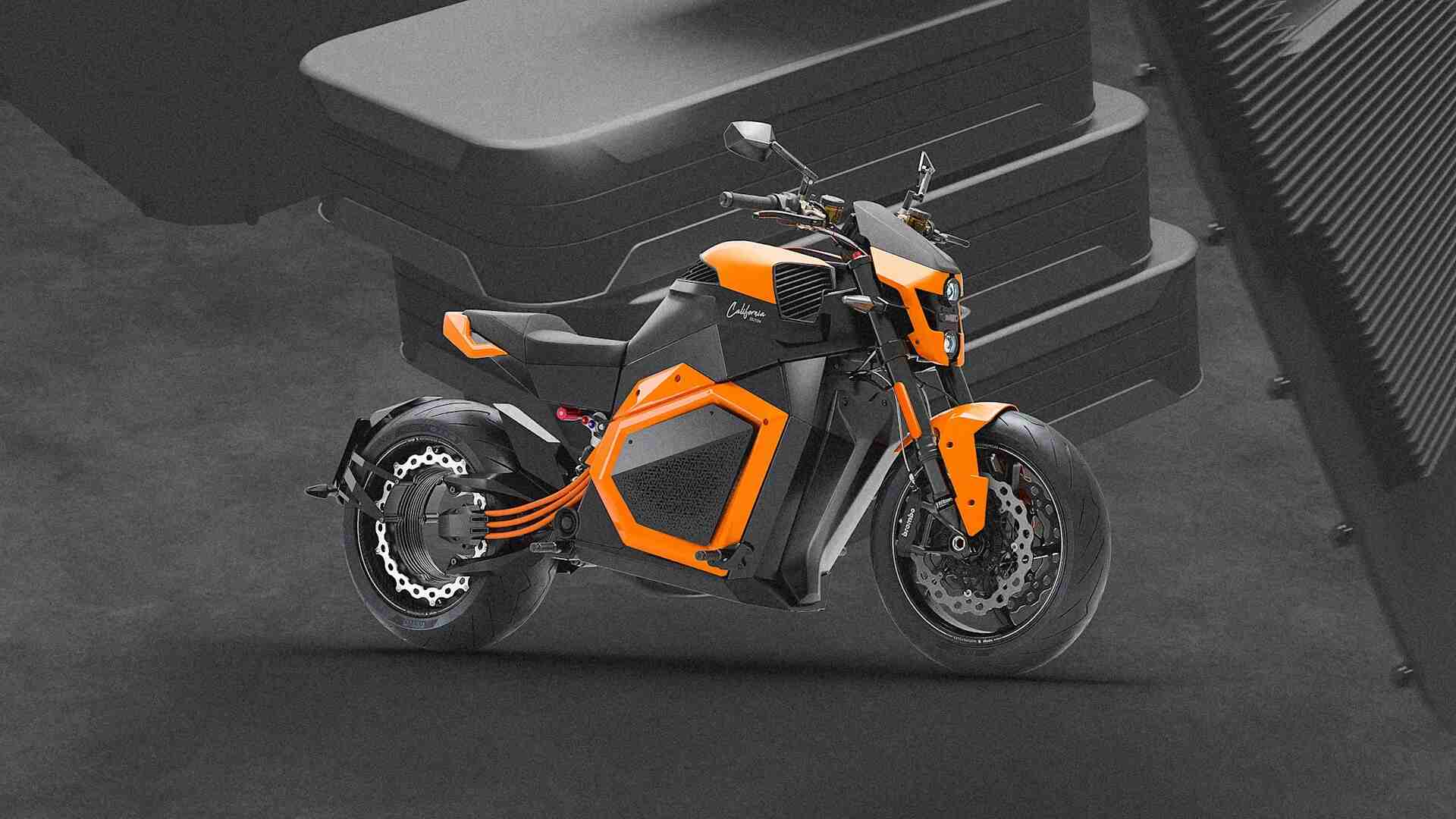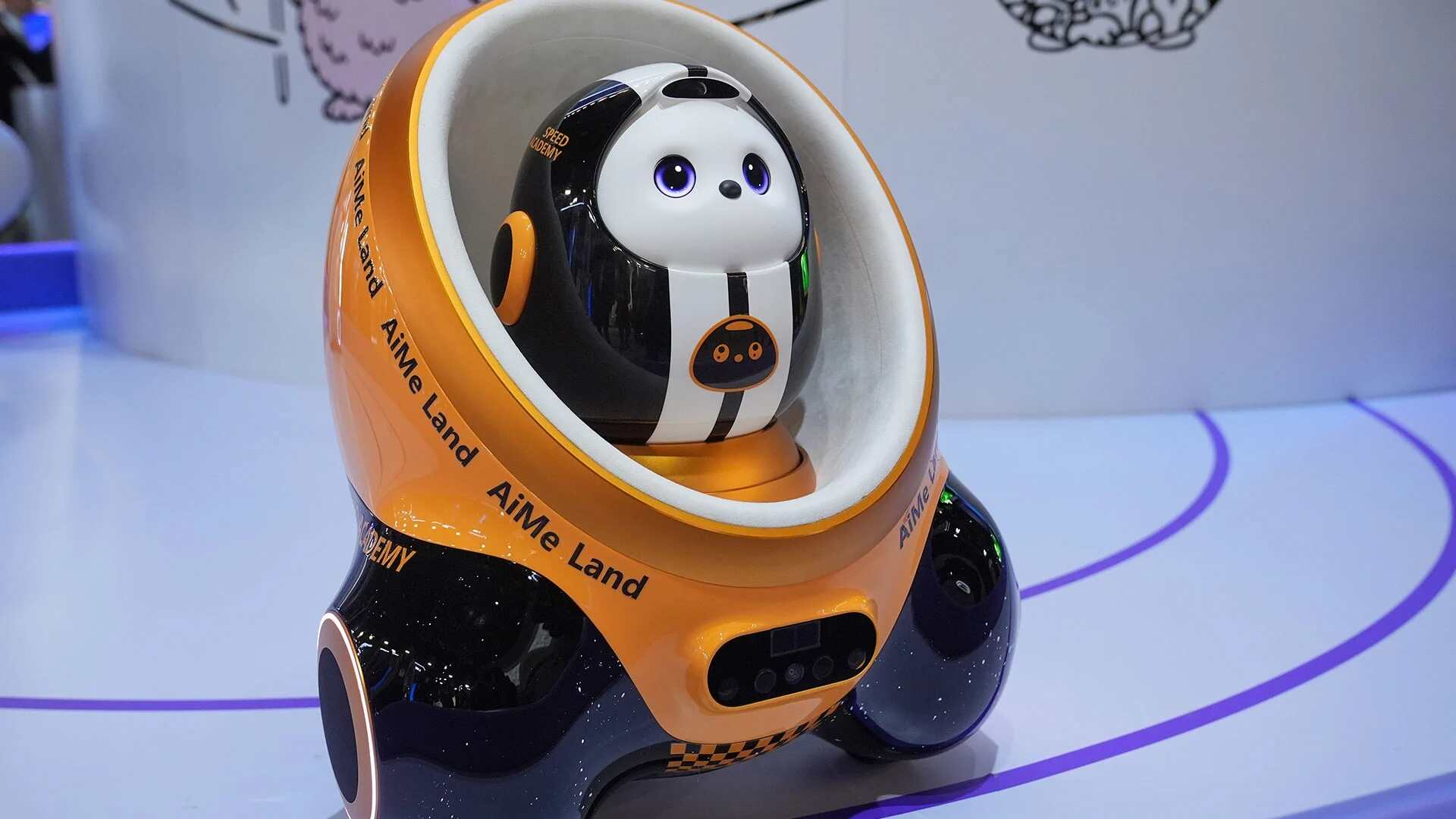- | 10:00 am
Ray-Ban Meta AI Glasses mark the next step in wearable tech
Smart tech that fits like a classic, not a gadget
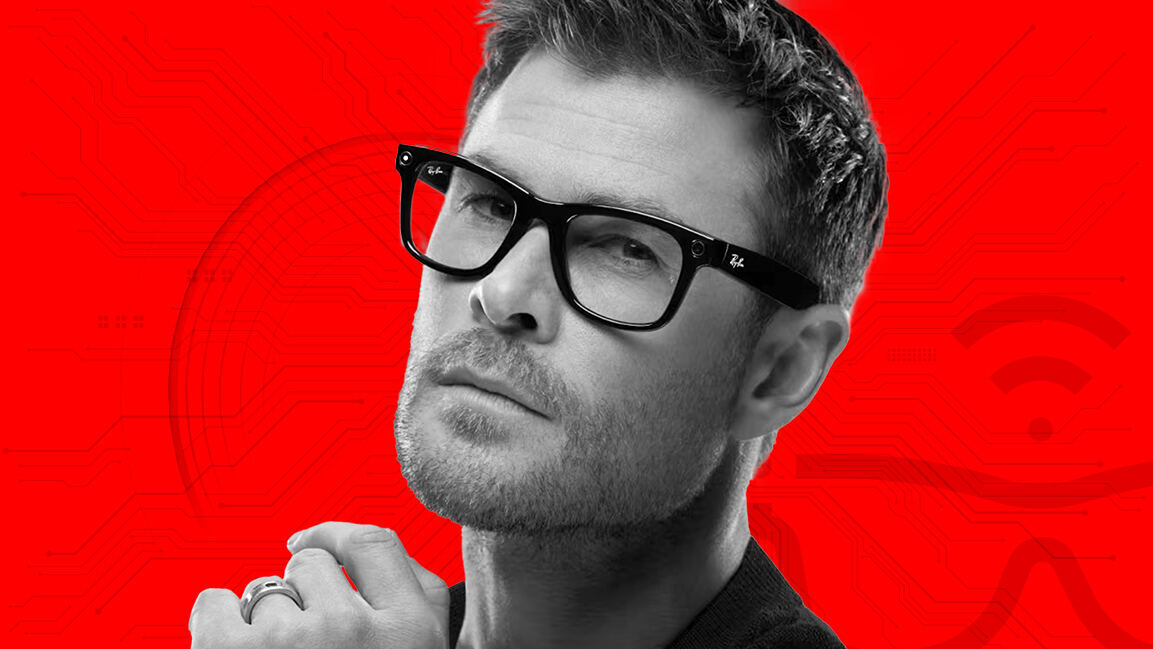
They say the best accessories speak volumes without uttering a word. But what if your shades actually could? Almost imperceptibly, conversations are shifting from smartphones to smart frames.
Designers and engineers are now collaborating to embed discreet microphones, miniature speakers, and precision cameras into something as slender as a pair of sunglasses.
The goal hinges on preserving the timeless appeal of iconic eyewear while threading in the intelligence that powers voice prompts, context-aware alerts, and even live translation.
After years of false starts and experimental prototypes, the Ray-Ban Meta AI Glasses represent a more considered step forward. It feels less like a flashy gadget launch and more like the first credible step toward truly wearable computing.
Rocco Basilico, Chief Wearables Officer and Head of Luxury House Brands at EssilorLuxottica, shares how the collaboration with Meta brought together engineering precision, brand legacy, and consumer insight. He outlines where previous efforts fell short, how this version strikes the right balance, and why eyewear may be positioned to lead the next phase of ambient, intelligent computing.
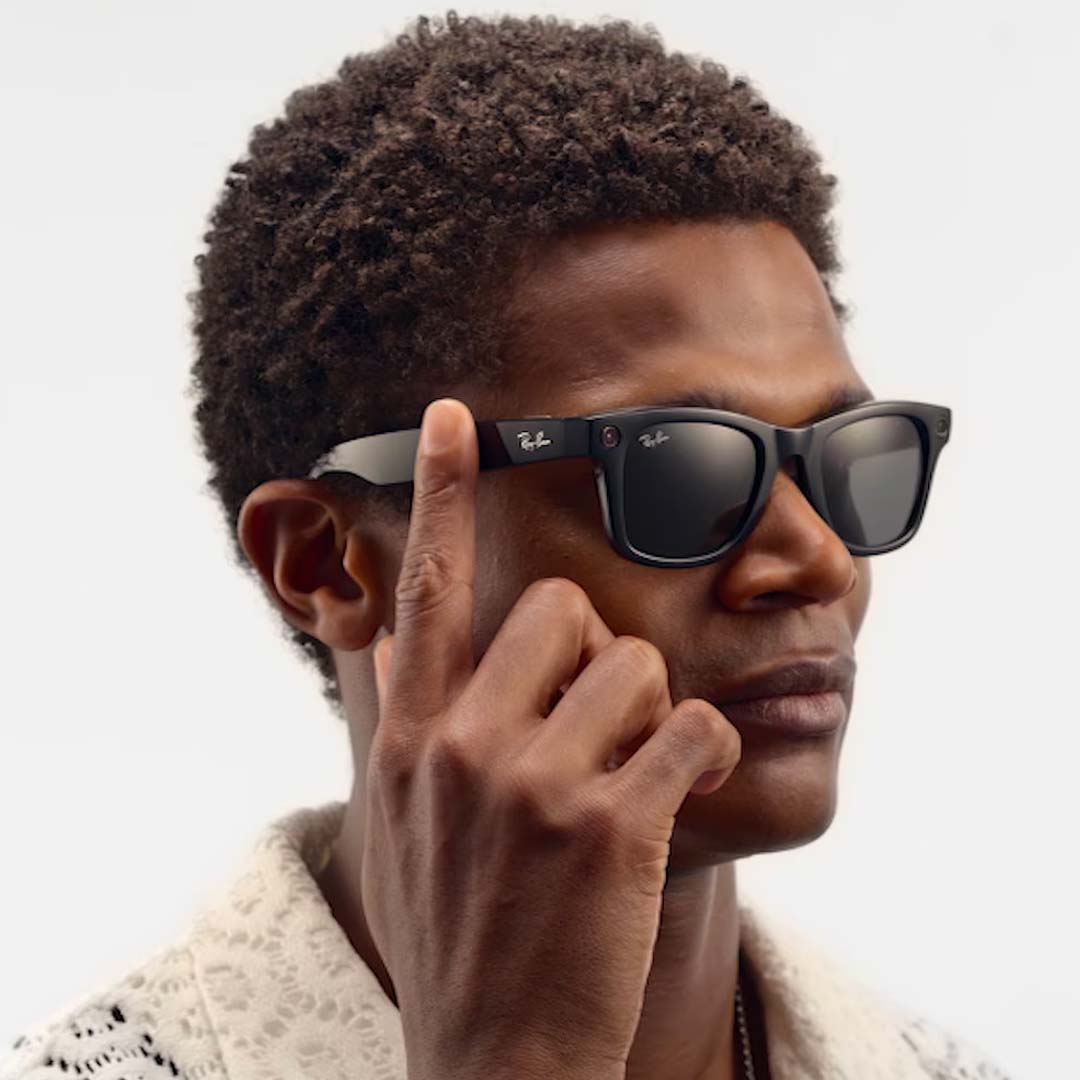
SMART SHADES AND SMARTER TECH
The AI industry is booming, and it will only get smarter. “With the Ray-Ban Meta AI glasses, we want to enhance and not replace human connection, giving seamless tools that support everyone’s daily life,” says Basilico.
That approach begins with design. The brand focused on reinforcing Ray-Ban’s cultural relevance by broadening style and color choices across frames and lenses. He adds, “We didn’t just want a smart product; we wanted a lifestyle companion that fit effortlessly into people’s lives.”
Recent upgrades include a 12MP ultra-wide camera, a five-microphone array, and open-ear audio with double the bass and 50% louder sound, all while minimizing sound leakage. The integration of Meta AI, he adds, gave the glasses “extra superpowers.”
Beyond the hardware, the evolution of these glasses reflects a broader transformation in how people relate to technology. Basilico notes that AI embedded in eyewear marks a shift toward tools that offer information and support in a more natural and unobtrusive way, moving beyond phones and into something worn without conscious thought.
It’s part of what he describes as a broader shift: “There is a general shift and new paradigm in human technology interaction.” With AI now embedded in eyewear, it becomes a functional benefit and an everyday tool. “Technology is woven into our lives with cell phones, now we are offering information and assistance unobtrusively.”
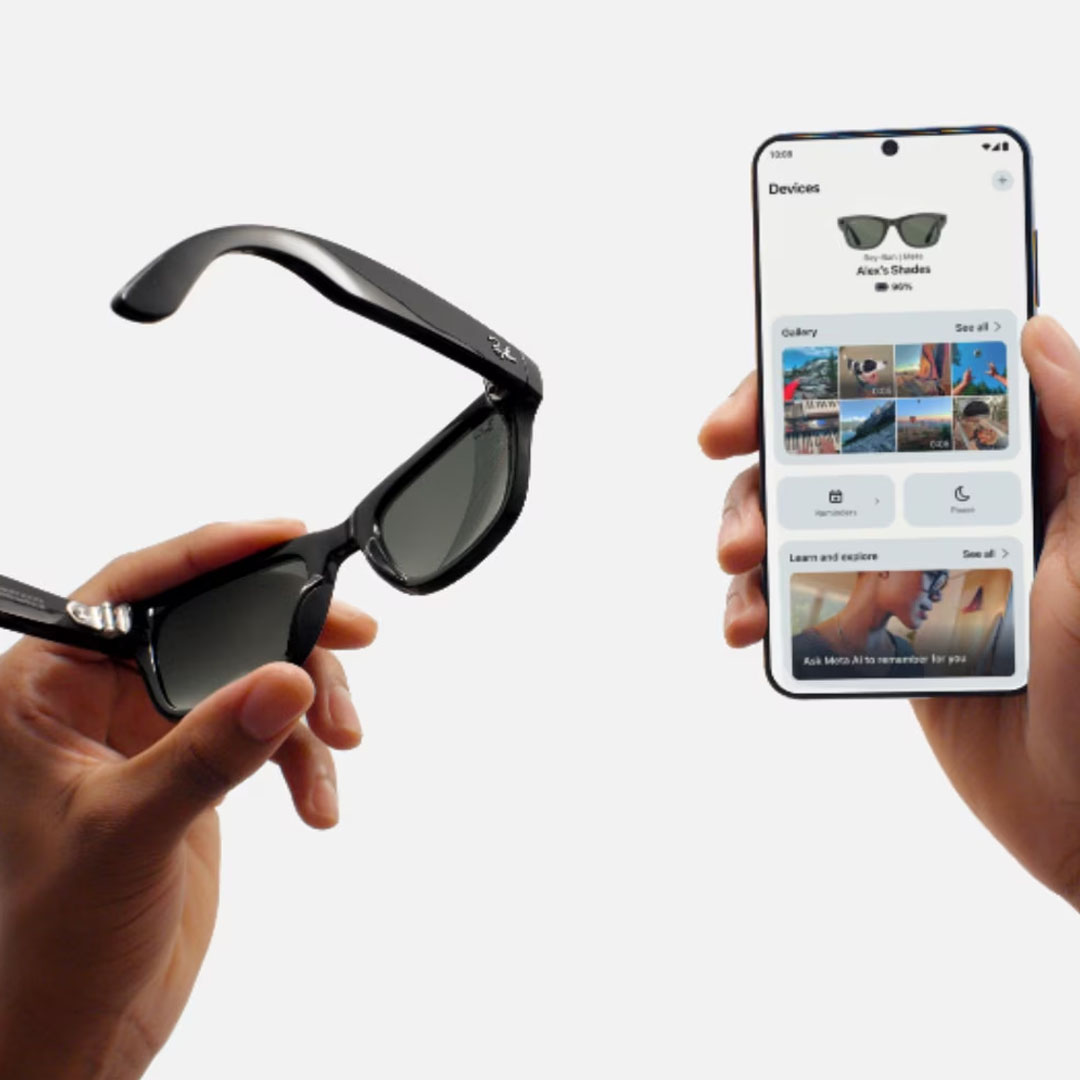
THE FINE PRINT BEHIND THE FRAMES
Infusing advanced AI into a brand as culturally established as Ray-Ban requires careful balance to preserve its essence. Basilico points out that Ray-Ban’s soul remains untouchable, deeply embedded in decades of cultural relevance. Rather than chasing trends, the Ray-Ban Meta AI Glasses aims to redefine this category, with innovation at the heart of the brand’s identity.
Basilico believes this commitment is reflected in landmark moments, like hands-free concerts featuring Busta Rhymes and a premium presence at the U.S. Super Bowl, that showcase Ray-Ban’s role in shaping culture. Strategic collaborations with brands such as Scuderia Ferrari and Coperni further ensure the brand stays ahead of the curve without compromising its legacy.
The design principle behind the Ray-Ban Meta AI Glasses centers on embracing classic styles and the brand’s most beloved frames, allowing the iconic form to remain front and center. The technology is deliberately understated, empowering the user from within while enhancing everyday experiences. A limited-edition clear style released last year offered a rare glimpse into how the technology integrates with the product.
Co-developing a product with Meta also required a careful balancing act between hardware, software, and brand identity. “We are two large companies leading and excelling within our territories,” Basilico explains. The key to success, he says, is a shared vision of innovation that aims to create a product striking the right balance between form and function while setting the standard in the category.

A TIGHT FIT FOR BIG IDEAS
Blending fashion with advanced AI capabilities came with its own set of hurdles. One of the biggest, Basilico notes, was fitting sophisticated hardware such as microphones, cameras, and speakers, into a frame that still felt like a classic pair of Ray-Bans. “Fitting all the hardware technology into a standard form factor while reducing bulkiness was a big challenge,” he says. Despite those constraints, the team managed to give the glasses what Basilico calls “superpowers,” with AI continuing to push the boundaries of what the form can do.
This careful integration of technology extends beyond simply fitting components and is more about making the glasses intelligent enough to understand their environment.
While “context-aware computing” has long floated around as a tech-world buzzword, the Ray-Ban Meta AI glasses aim to move from hype to reality. “With multimodal AI, built-in cameras, and spatial audio, the glasses understand visual, auditory, and location-based cues in real time,” says Basilico. The ambition is straightforward: to offer intelligent, unobtrusive support—an assistant that quietly adapts to its surroundings to help users navigate their day more effortlessly.
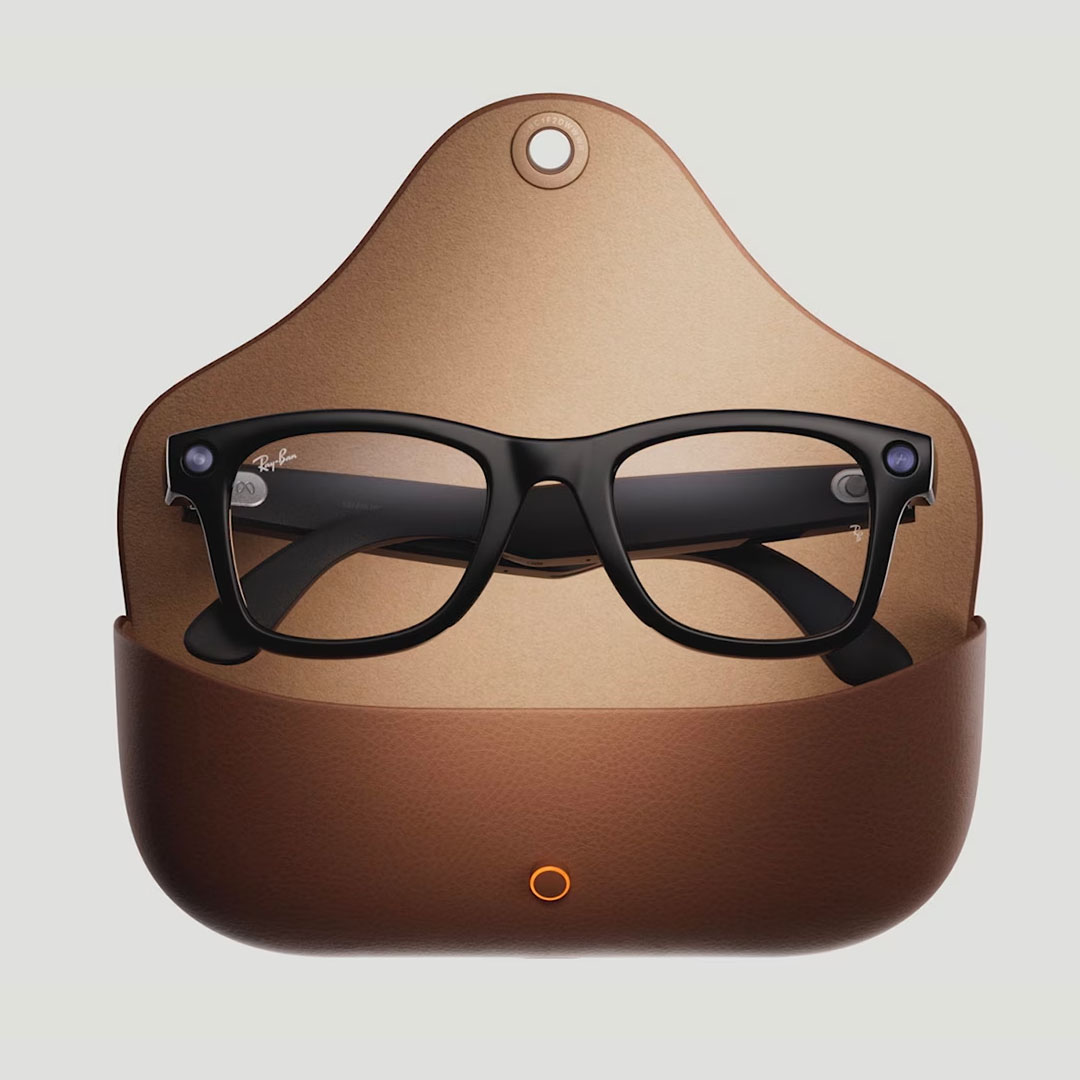
SEEING THE FUTURE THROUGH EVERY LENS
The versatility of the Ray-Ban Meta AI Glasses is already evident across a broad spectrum of users, from musicians to cyclists to entrepreneurs, each finding distinct ways to incorporate them into their routines. “We’ve seen so many different use cases of enjoying the capture feature, being in the moment,” says Basilico. “Creatives have shot music videos, and with Live Translation widely available, we’re helping bridge language boundaries globally.” Through a partnership with Be My Eyes, a sight-assistance app that connects visually impaired users with volunteers for everyday tasks, the glasses are also expanding accessibility in meaningful ways.
As wearable tech becomes more sophisticated, expectations are shifting. Where users once preferred devices to remain discreet or invisible, there’s now a broader cultural embrace of technology as a visible, even celebrated, part of personal style. “We are seeing the market and cultural shift open widely since our partnership kicked off,” says Basilico. “Technology will evolve, and it’s better to move into the future with it than without it.”












